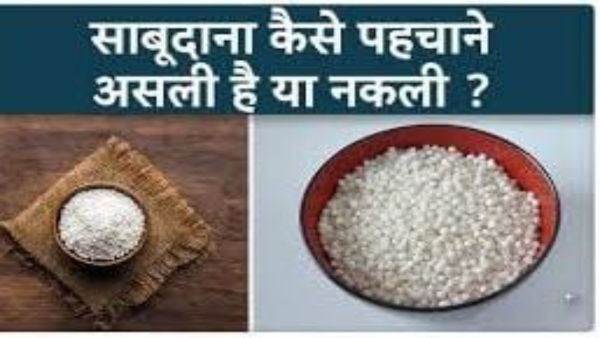
Shardiya Navratri is going to start from 3rd October i.e. tomorrow. Devotees like to eat sago during the 9-day fast. But, do you know what makes sago which is called fruitful? Can sago also be fake? Both types of sago are being sold in the market. It is difficult to identify their real or fake. But, not impossible. There are some tricks, through which you can expose fake sago. Let's know that trick
1-The easiest trick is to try chewing it. If sago looks gritty while eating then it is fake sago. The sago which is sticking to the teeth is real sago. It is not difficult to see by chewing a grain from the sack of sago kept in the shop.
2- Real sago swells when soaked in water. The water becomes sticky. At the same time, fake sago does not swell even after being kept in water for a long time.
3- If you burn real sago, the smell of sago comes from it. He does not leave ashes. Whereas, when fake sago is burnt, it turns into ash. Smoke comes out.
4- Fake sago is made shiny by adding white agents. Never buy shiny sago.

In India, sago is made from tapioca starch. The tuber called cassava is used for tapioca starch, which is similar to sweet potato. Sabudana is rich in carbohydrates. It is also rich in calcium.
Know the harm caused by eating fake sago
Many chemicals, bleaching agents, phosphoric acid and sulfuric acid are used to make fake sago. Artificial whitening agents are added to make it white and shine. If we eat fake sago, it causes harm to our liver and kidneys and other body parts. (real and fake sabudana)